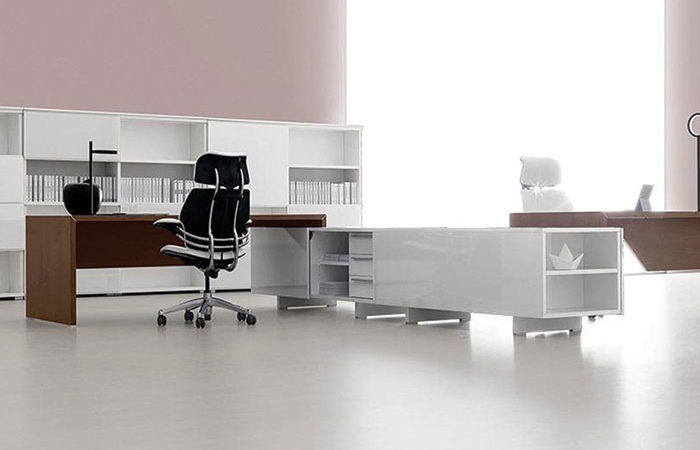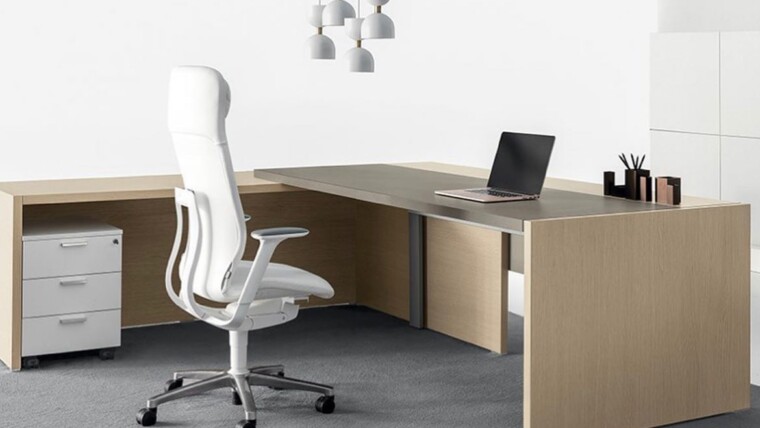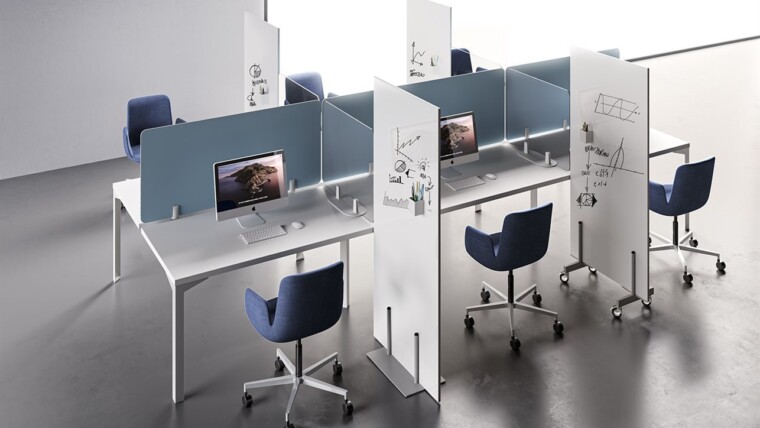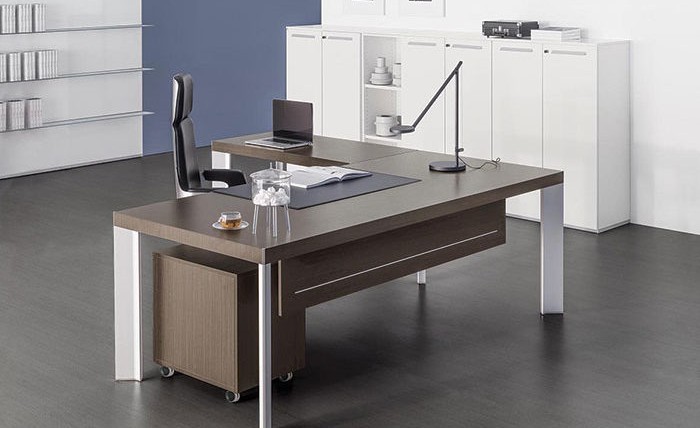If your office leaves you with pain in your wrists, back or neck, it doesn’t have to be that way — in fact, it shouldn’t. Here’s how to fix it.
Last month, I bought a big new computer screen, thinking that if I stopped crouching over my laptop like a turtle, my lower back would stop hurting. It worked great — for about 48 hours. Then I started getting searing pains in my neck, which prevented me from turning my head to the right, which then almost got me into a car accident. All because, I eventually figured out, I had positioned my new screen about two inches too high.
About $1 billion a week is spent in the United States to deal with entirely preventable work-related musculoskeletal injuries, many of which are caused by small flaws in body positioning. You can do a surprising amount of damage to your body if you hold parts of it in strange positions for hours at a time, five days a week. But some research suggests that you can also prevent and even reverse damage by engineering your office work environment properly. I talked to experts to find out how.
If possible, invest in ergonomically sound office furniture.
A healthy workstation is one that allows you to work in a neutral, relaxed position. That setup “requires the least force, the least strength, the least effort,” said Alan Hedge, director of the Human Factors and Ergonomics Research Group at Cornell University, “and that means you’re putting the least amount of strain on your body.”
To get there, you will want furniture that can be adjusted to your body size and shape — basically, “the more adjustability, the better,” said Justin Young, an industrial and operations engineer at Kettering University in Michigan
Your chair is especially important. Ideally, you want one with adjustable height and lumbar support, that easily reclines and that also supports the upper and middle back. The seat pan should be at least one inch wider than your hips and thighs on either side, and not so long that you can’t sit all the way back without the edge hitting you behind the knees.
Very few people sit back when they work, but they should, Dr. Hedge said, because when you recline, more of your body weight is supported by your chair, rather than supported by (and also compressing) your spine. Chair arms are not essential, but they can support you as you stand up and sit down. If you need a great office chair, check out this guide from Wirecutter, the New York Times company that tests and reviews products.
Desks can be tricky for a computer user, because most desks are built at the correct height for writing, not typing. You don’t want to have to hunch up your shoulders to type, for example, nor do you want your wrists bending up or down — an ideal keyboard height is about two inches above your knees.
If your desk is too high, one solution is to get a keyboard tray that slides out from under the desk and slopes downward, or has what is called a “negative slope,” because that slope keeps your wrists in a vertically neutral position. A split keyboard, like one of these ergonomic models, can keep wrists in a horizontally neutral position as well.
As for sitting versus standing desks: The research is mixed on terms of what is better, so it really depends on what feels good to you, Dr. Young said. Sit-stand desks, on the other hand, have the distinct advantage of encouraging you to change positions regularly, which is good for your body.
If the furniture you have does not allow you to work in a neutral position, make tweaks with what you have — create lumbar support with a pillow or pad, for instance. Then ask your employer for an upgrade.
The best commercial office chairs exceed standards set by the American National Standards Institute and the Business and Institutional Furniture Manufacturers Association, and products that do usually say so in their product descriptions. If your boss scoffs at the idea, point out that ergonomic investments yield as much as a 10-to-1 return on investment.
When employees work safely and comfortably, they are less likely to get injured and miss work and are also more motivated and productive.
Position your gear properly and use smartphones carefully.
Once you have adjusted your work space, don’t overlook the tools you use to do your job. The goal is, again, to keep your body as neutral as possible, so adjust your equipment to make that happen.
Is your mouse way off to the side? Bring it closer to your body so you don’t have to reach so far. Your keyboard should be set so that the “B” or “H” key is at your midline, and your monitor should be straight in front of you and a height such that you do not have to tilt your neck down or up to see it. (That was my downfall.)
If you frequently look at papers, consider getting a document holder and keeping it close to your monitor so you do not have to move your head as much. Adjust your chair so your feet are flat on the floor, your legs are bent at a right angle and you can work in a reclined position.
Here’s a free online workplace ergonomics checklist that can help you get everything right, and Wirecutter has a step-by-step animated guide to properly adjust an office chair.
Smartphones present unique problems. For one thing, they increase the risk for “texting thumb,” or de Quervain syndrome, an irritation of the tendon or tendon sheath on the outside of the thumb. Dr. Hedge suggests downloading a swipe-to-type keyboard app, which uses predictive text and finger swiping and is much easier on the thumbs. Even better, dictate texts. And if you talk on your phone a lot, invest in a handset so you do not have to hold it up to your ear.
When looking at your phone, don’t hold it down near your chest or waist, because you have to look down to see it, which strains your neck muscles.
“When you tilt your head down, you increase the effective weight of your head six times, from about 10 pounds to about 60 pounds,” Dr. Hedge said. If you have armrests on your chair, prop your elbows on them and hold your phone up near eye level. If you do not have armrests, prop your elbow against your stomach while holding the phone.
Take breaks and make changes if you’re in pain.
Perhaps the most important tip is one we have the hardest time with: take frequent breaks and change your position regularly.
“We say, ‘Your next position is your best position,’” said Michelle Robertson, a lecturer at Northeastern University and the director of the Office Ergonomics Research Committee, a group of companies that fund ergonomic research. Sitting for a long time in the same position restricts blood flow and is not good for your muscles, she explained. You also need to focus your eyes on new objects and distances every 20 minutes or so to prevent eyestrain.
If you start feeling pain at your desk or while working and don’t know what to do, consider hiring a certified professional ergonomist to evaluate your workstation (even better, hire one before you experience pain). Talk to your company’s human resources department — it may already have someone it works with.
Also, check out this helpful Cornell guide, “Where It Hurts,” which identifies common causes of workplace-related pain. Don’t just work through the aches, because — and I say this from experience — it will only get worse if you do. But the good news is that small adjustments can make a really big difference.
(Credit: George Etheredge for The New York Times)









